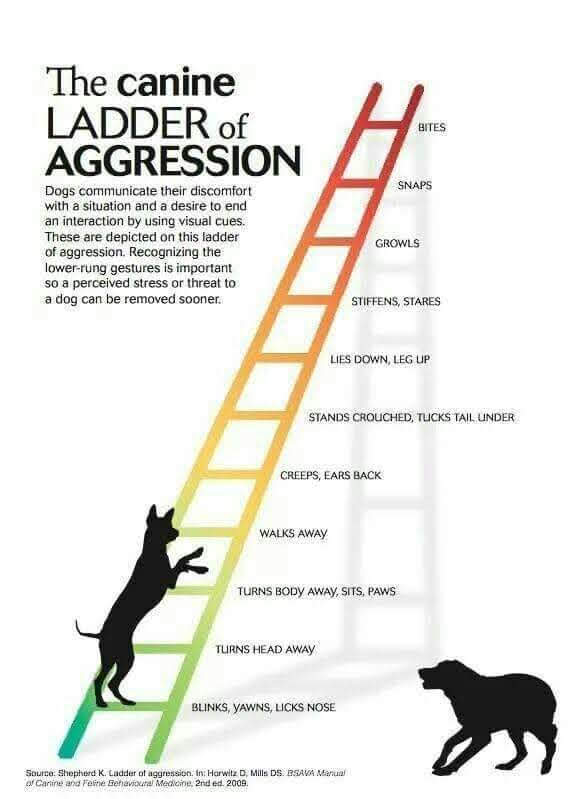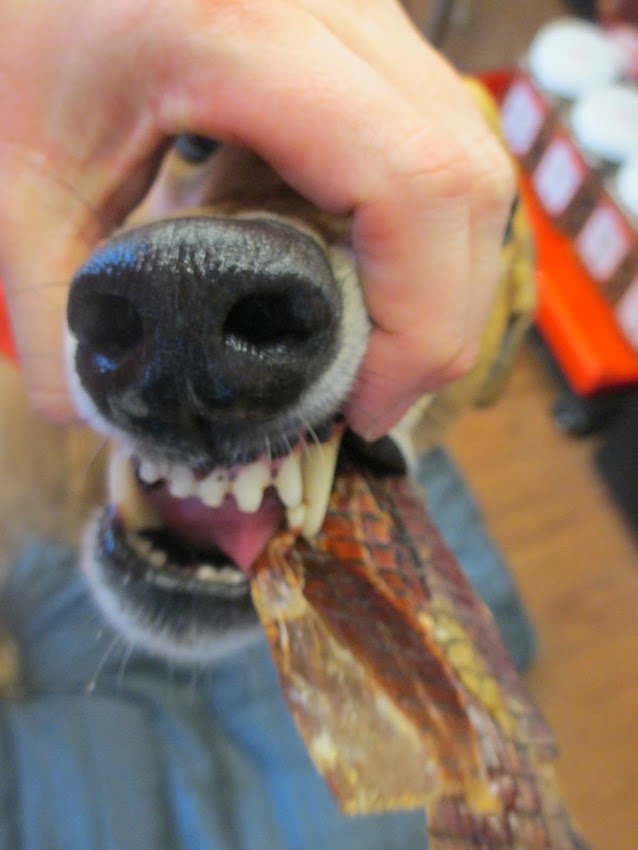When we hear that a greyhound has bitten ‘out of the blue’, we know there is more to the story. Greyhounds are pack animals. They have grown up in a pack where body language is used to express themselves and convey their emotions, intentions and comfort level to their packmates. The greyhound brood will stay with their pups longer than an all-breed. Their dam is one of the first teachers of inappropriate behaviour. In addition, greyhounds are kept with their littermates and a pack for longer than an all-breed. Keeping the pack in a homeostatic balance requires every pack member to pick up on the cues and body language of the other pack members. An ear twitch, a lip lick, a turned head - the subtle postural changes and nuances of a language designed to communicate, increase stability and decrease fighting.
Now in retirement, we bring that adult greyhound into an entirely new world. The greyhound has to learn how to express themselves and convey their emotions, intentions and comfort level to an entirely different species. Sometimes, this species does not listen to the greyhounds very clear communications, let alone sometimes that species has preconceived notions that their newly acquired companion wants to be coddled, cuddled, and should be given all the resources it wants willy nilly - but then wants them back. As the greyhound attempts to convey they are uncomfortable and increase up the ladder of communications that has worked so well with their pack mates, this new species continues to invade their space, tries to take away a high valued treat or toy, or another situation, and the greyhound ‘suddenly bit out of nowhere’.
While we discuss a ladder of expression, please note that this ladder is not one in concrete, and can be influenced by situations and personality. For example, a wagging tail is not always an indicator of a happy dog, and a fearful or anxious dog may present mixed signals.
All too often we hear and read about the following scenario:
“My greyhound was laying on their bed. I made sure they were awake before approaching by calling their name. I then sat down on their bed and started petting her/him. They then lifted their back leg, like they wanted their belly rubbed. And then - they bit me!”
So let’s break this down. Yes, points gained for calling the greyhound’s name to ensure they are awake. However, points lost for the following:
- Did the greyhound start to blink? And no, they weren’t just wetting their eyes.
- Did the greyhound start licking its lips and nose? And no, they weren’t just wetting their lips.
- Did the greyhound start to look around? And no, they weren’t just changing up what they were looking at.
- Did the greyhound turn their head? And no, they weren’t just readjusting their head placement.
- Did the greyhound start mouth breathing and panting? And no, they weren’t just trying to cool off.
- Did the greyhound try to get up? And no, they weren’t just readjusting their body position.
- Did the greyhound lift a back leg and expose their belly? And no, they weren’t asking for belly rubs.
- Did the greyhound continue licking their lips, possibly lifting their lips and showing some teeth? And no, they weren’t smiling.
- Did the greyhound let out a low grumble? And no, they weren’t having an eargasm.
- Did the greyhound air snap? And no, they weren’t trying to catch a fly.
The greyhound did not bite out of the blue. The greyhound used their body language to communicate ten levels of discomfort and increasing stress. TEN! The greyhound may have only had to resort to this excessive level of communication a pawful of times in their former packs.

Unfortunately, it was the eleventh communication that the person finally understood and left the greyhound alone. Now the greyhound has probably been punished for the biting, too, which adds even more confusion to the greyhound. Now the greyhound is left to try to communicate in this unstable social group - and has learned the person understands the bite.
Listen to your greyhound. Watch them. They do not hide their thoughts and emotions. They openly display what is going on by the way to move their body.The more you learn their language, the more you will understand your greyhound, and the stronger your relationship and pack will become. They have a lot to say in their silent language.
If you are experiencing a behavioural issue with your greyhound, we are more than happy to assist. However, we do ask that you reach out to your adoption agency first as your group may have more information on your greyhound's background and temperament, and placement decisions that can assist GGA in developing a protocol.

